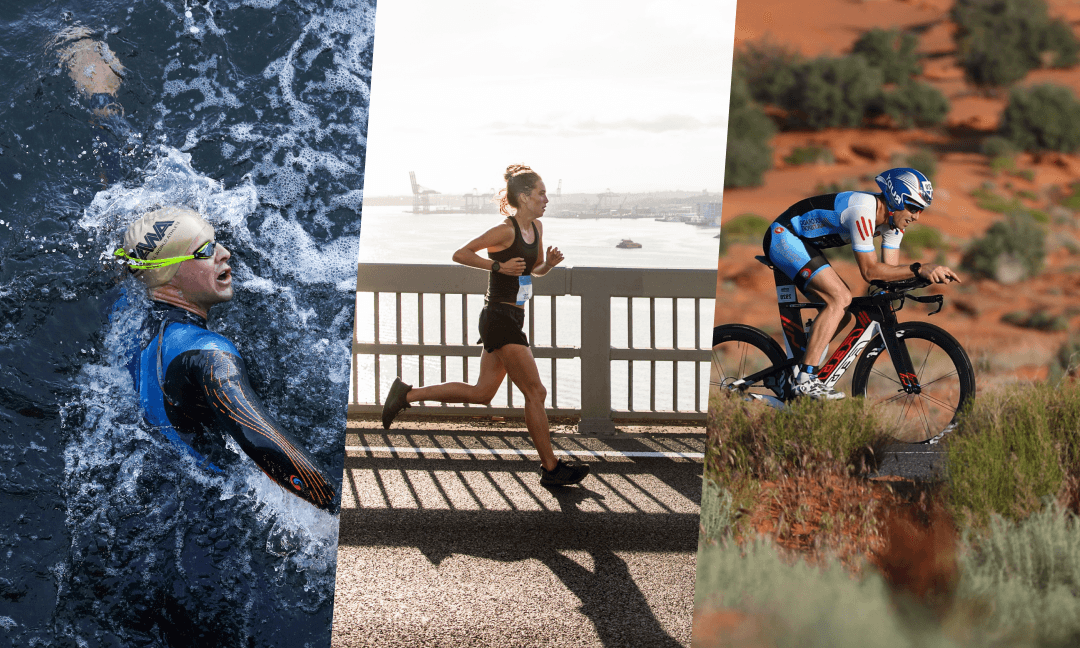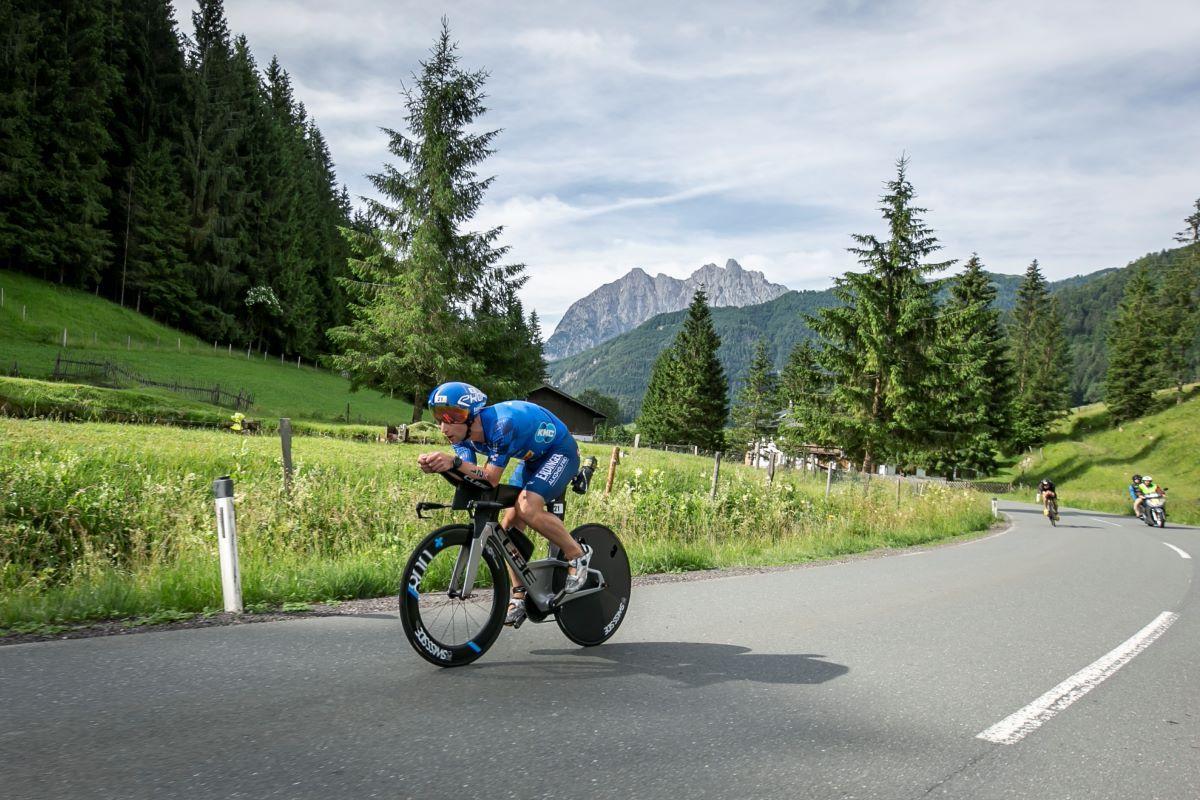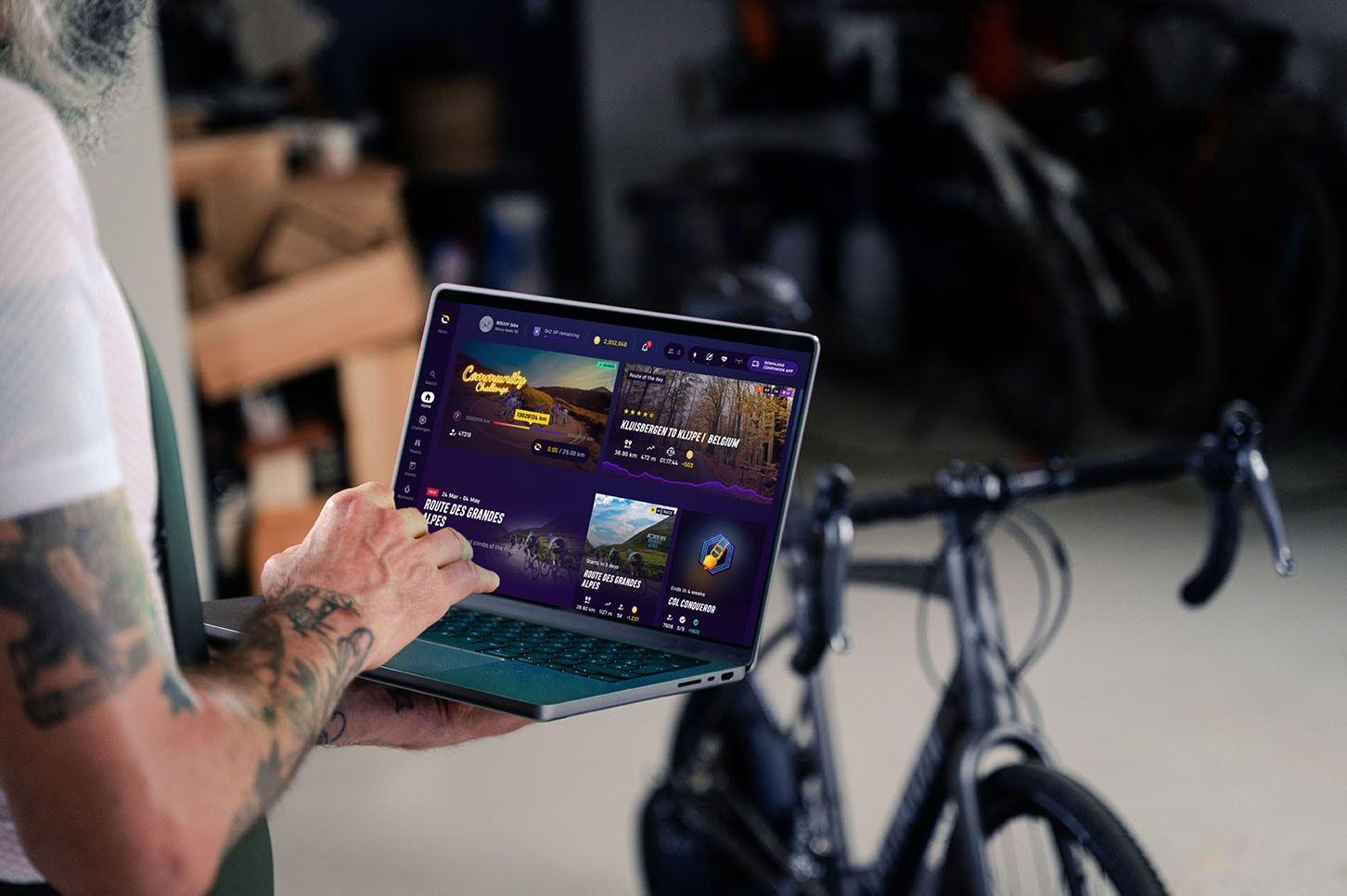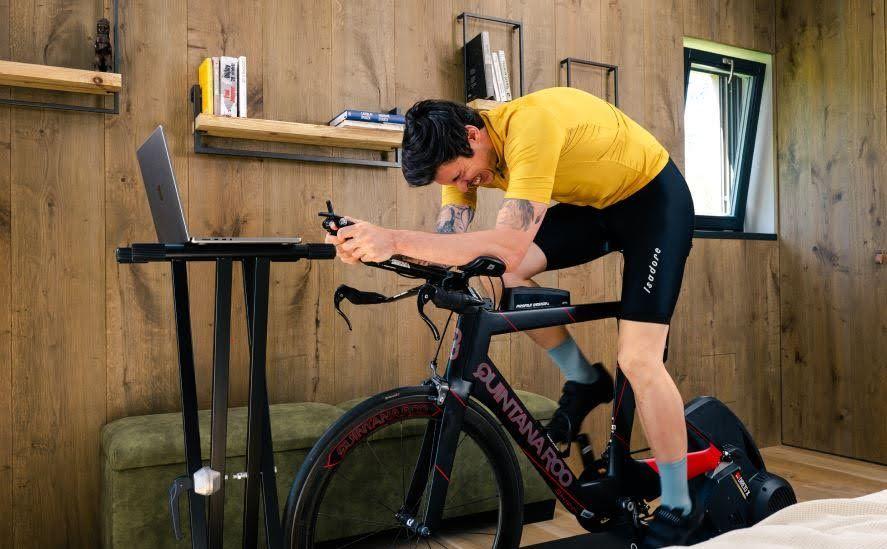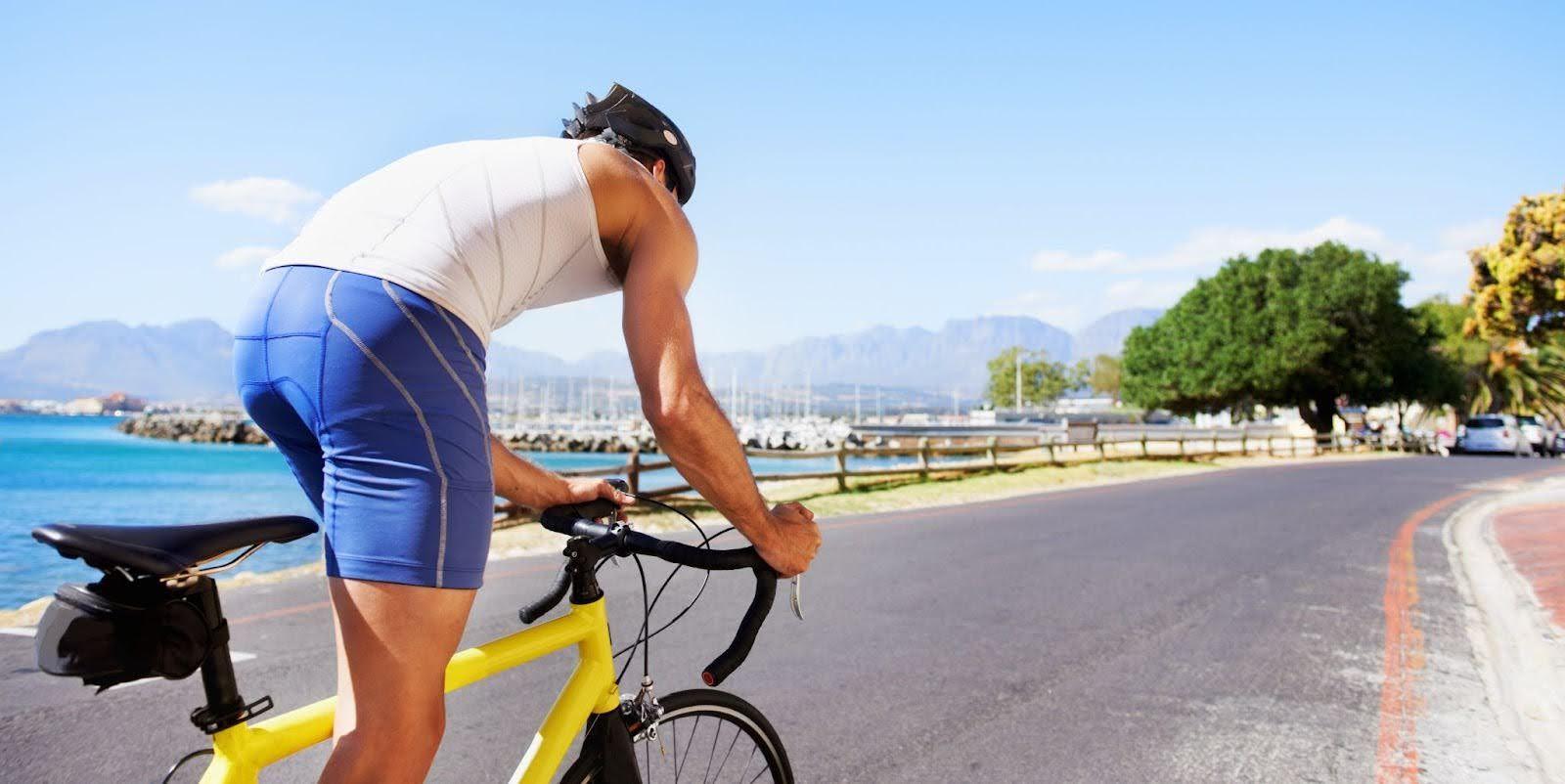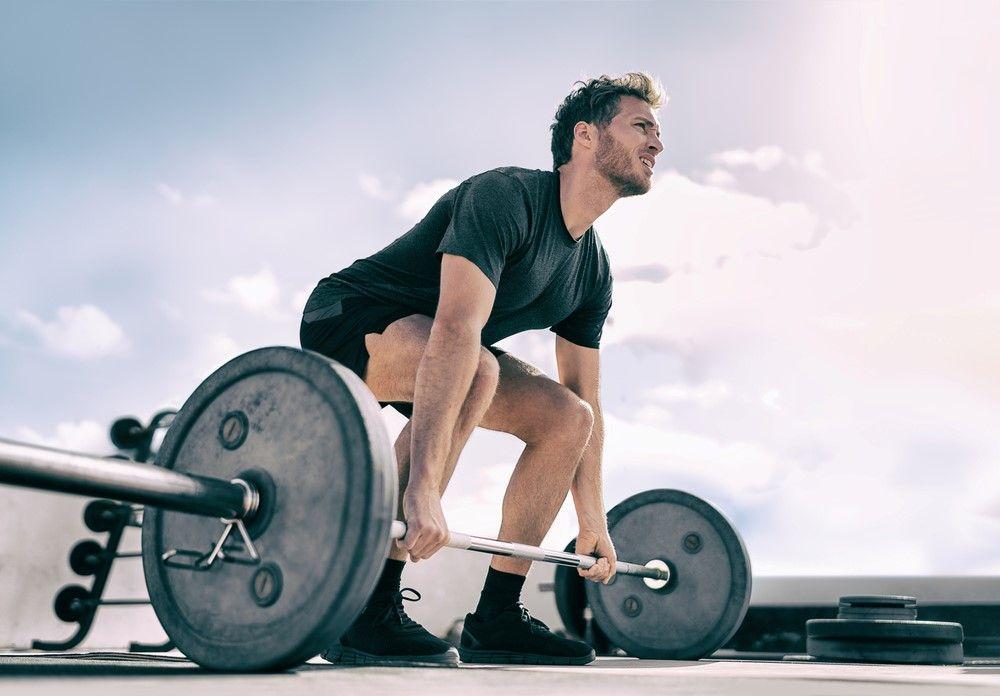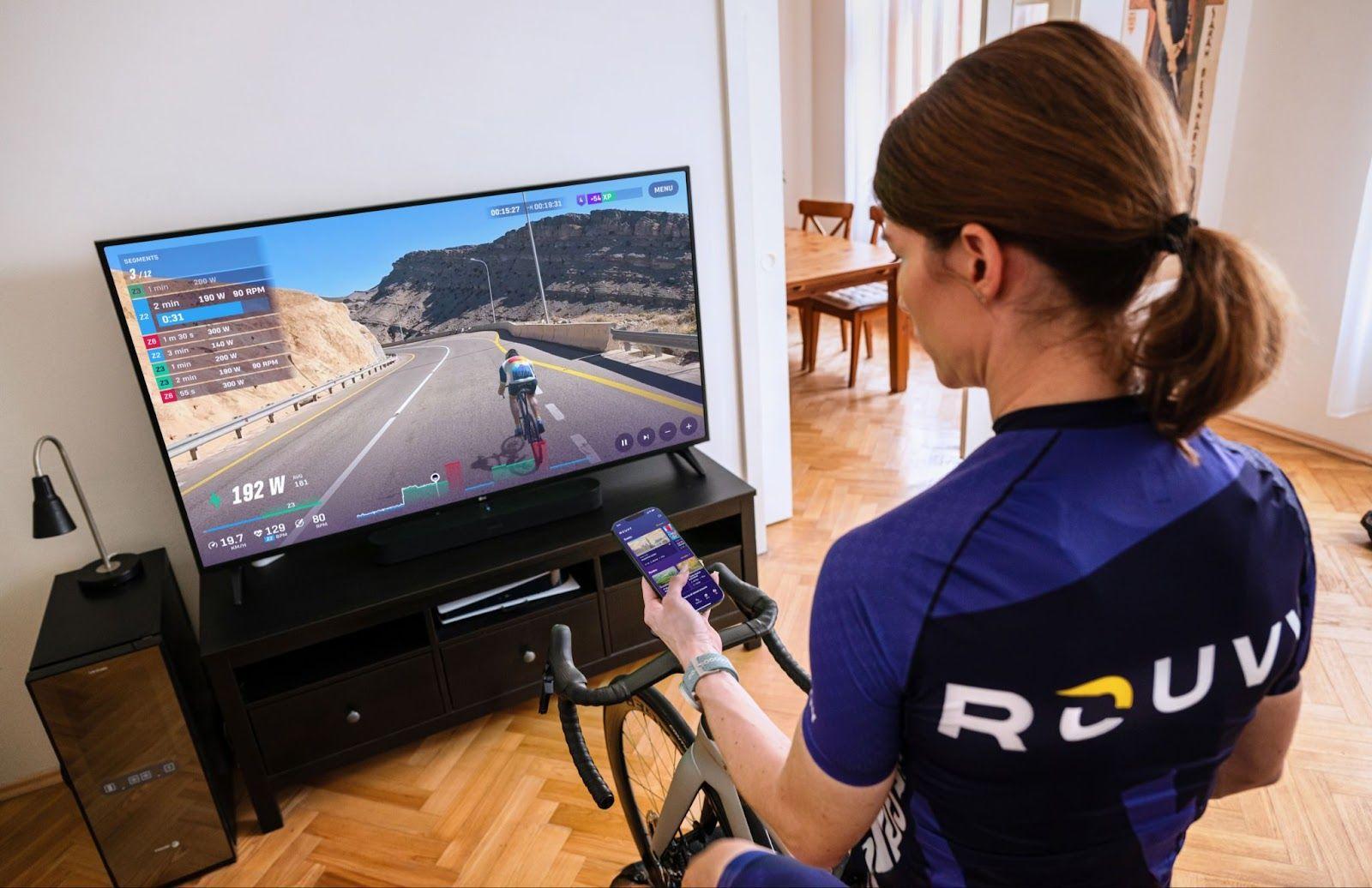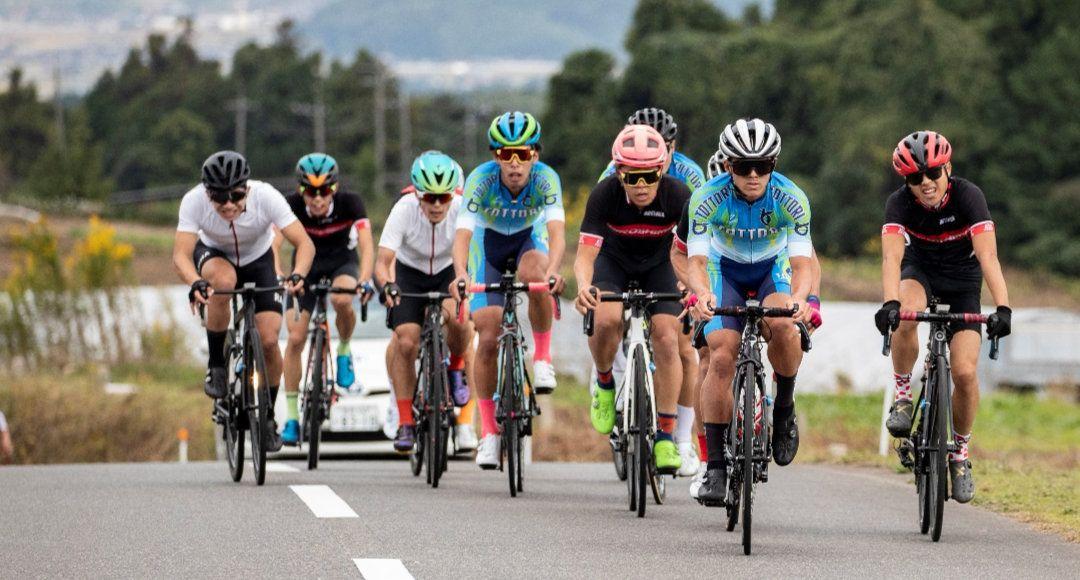
If you’re a cyclist intrigued by the idea of competing in your first triathlon, this guide’s for you. Triathlon is a dynamic, multi-discipline sport that challenges both the body and mind, and preparing for one requires a mix of strategy, commitment, and the right tools. We’ll explore what a triathlon is, the different formats, and practical tips to help you train effectively for your first event.
What is triathlon?
A triathlon is first and foremost an endurance event. It combines swimming, cycling and running in sequential order. Athletes transition from one sport to the next with minimal downtime, adding a unique challenge. The triathlon has evolved into a globally recognized sport, featuring elite competitions like the IRONMAN World Championship in Kona, Hawaii, and inclusion in the Olympic Games beginning in 2000.
What makes triathlon unique is the combination of physical and mental fortitude required, and its holistic demand on the body and mind. Athletes must excel in three distinct sports, manage transitions efficiently, and maintain peak performance over varying distances.
Triathlon distances
Triathlons come in various formats, catering to athletes of all skill levels:
Sprint triathlons – which include a 750-metre swim, a 20-kilometre bike race, and a 5-kilometre run – are ideal for beginners looking to enter the sport, or seasoned athletes aiming to improve speed and transition efficiency.
An Olympic triathlon – consisting of a 1.5-kilometre swim, 40-kilometre bike ride and 10-kilometre run – is often the next step after sprint events. These challenge athletes with longer distances while remaining manageable for intermediate-level participants.
A 70.3 triathlon – which sees competitors swimming 1.9 kilometres, cycling for 90-kilometres and running 21.1 kilometres – is a popular choice for those seeking to push their endurance. The 70.3 offers a significant challenge while requiring less time commitment than a full triathlon.
Competitors in an IRONMAN triathlon face a 3.8-kilometre swim, a 180-kilometre bike race and a 42.2-kilometre run. The IRONMAN is the pinnacle of endurance sports, demanding months of disciplined training and preparation. Completing an IRONMAN is a monumental achievement for any athlete.
Triathlon preparation tips for beginners
Preparation for a triathlon requires a well rounded approach to build endurance, strength, and speed across all three disciplines:
Swimming: As you begin your swimming training for your first triathlon, focus on technique, breathing efficiency, and open-water practice to build confidence and stamina.
Cycling: In addition to regular outdoor training, many triathletes utilize virtual cycling platforms like ROUVY to simulate real-world routes and build the endurance needed for longer distances. Indoor cycling lets you train any time, no matter the conditions outside. ROUVY’s realistic virtual bike courses help mimic outdoor conditions, making it an invaluable tool for triathletes.
Running: Gradually increase distance while incorporating interval and tempo runs to boost speed and endurance. To avoid injury, pay attention to proper footwear and running form.
Cross-training and strength exercises, such as core workouts and resistance training, complement your triathlon training by improving overall stability and power.
When and how to start training for a triathlon
The length of time needed to prepare for a triathlon varies depending on the chosen distance and your current fitness level. As a general guideline, you’ll want to put in 8-12 weeks of focused training for a sprint triathlon, 12-16 weeks for an Olympic triathlon, 16-20 weeks to prep for a 70.3 triathlon, and 6-12 months of structured preparation for an IRONMAN triathlon.
A comprehensive training plan is essential to stay on track, manage fatigue, and progressively build endurance and speed. Look for plans tailored to your level, and don’t neglect recovery and nutrition.
Beginner tips for triathlon
First, let’s look at the essential gear you’ll need:
Swimming: A quality wetsuit (if permitted), swim goggles, and a comfortable swimsuit or tri-suit.
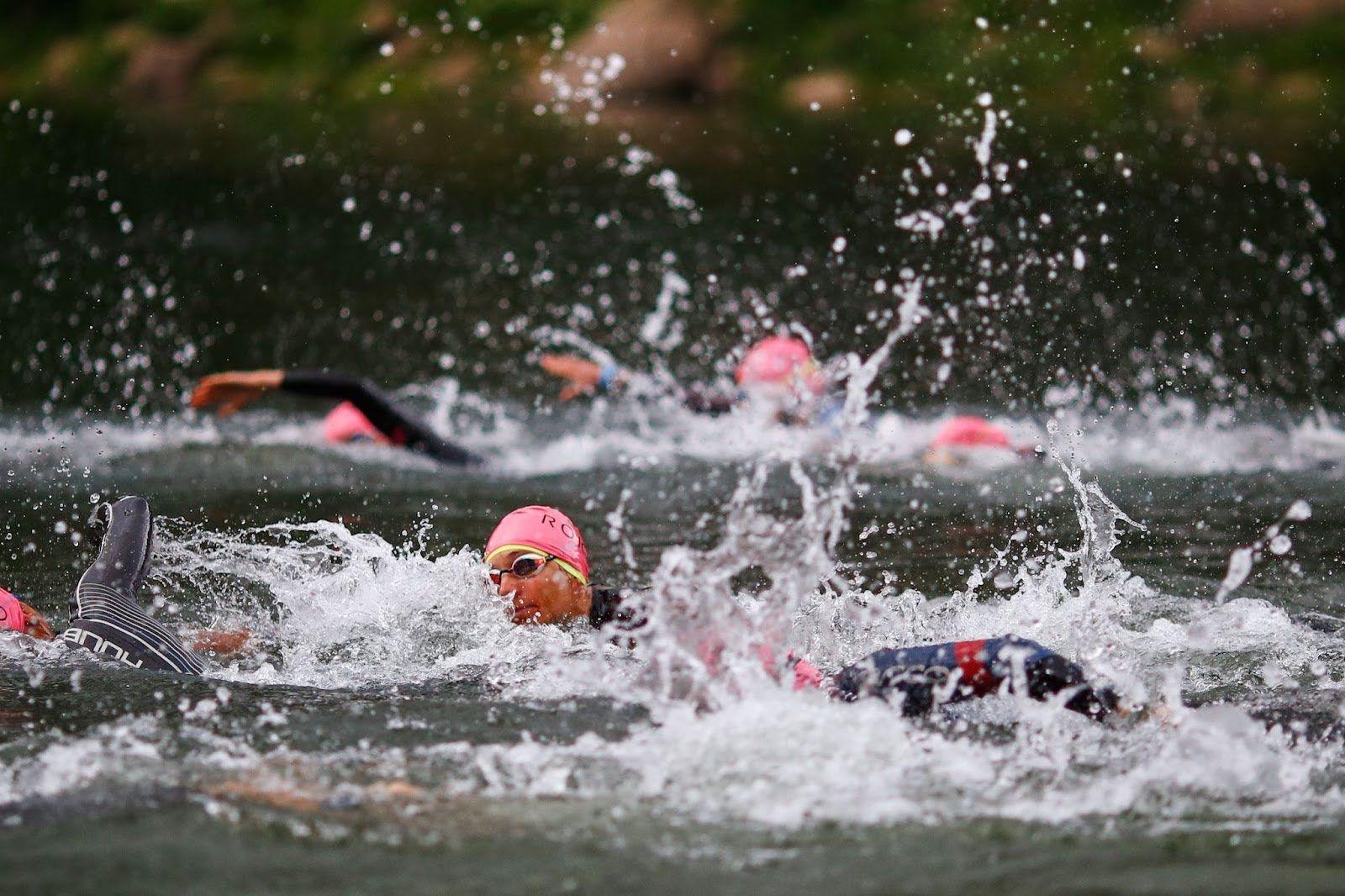
Cycling: A well maintained bike (be sure to check out Danny Holman’s article with tips on making sure your bike fits you), plus a helmet, cycling shoes, and padded shorts.
Running: Find proper running shoes suited to your gait and terrain. It’s a good idea to visit a shop that specializes in running shoes and get professional advice to find a model of shoe (and size) that matches your feet and stride.
Next, here are some things to keep in mind in terms of mental preparation:
Familiarize yourself with the race-day logistics, including the transition area. Practice visualization techniques to prepare for the different segments of the race. And it’s crucial to stay positive and flexible. Unexpected challenges are part of the experience.
So, what are some things to expect in your first triathlon?
- ✔️ Race-day nerves are normal. It helps to arrive early, set up your transition area, and review the course.
- ✔️Pacing is crucial. To avoid burnout, start conservatively, especially during the swim.
- ✔️ Enjoy the experience. Crossing the finish line will be a moment to remember.
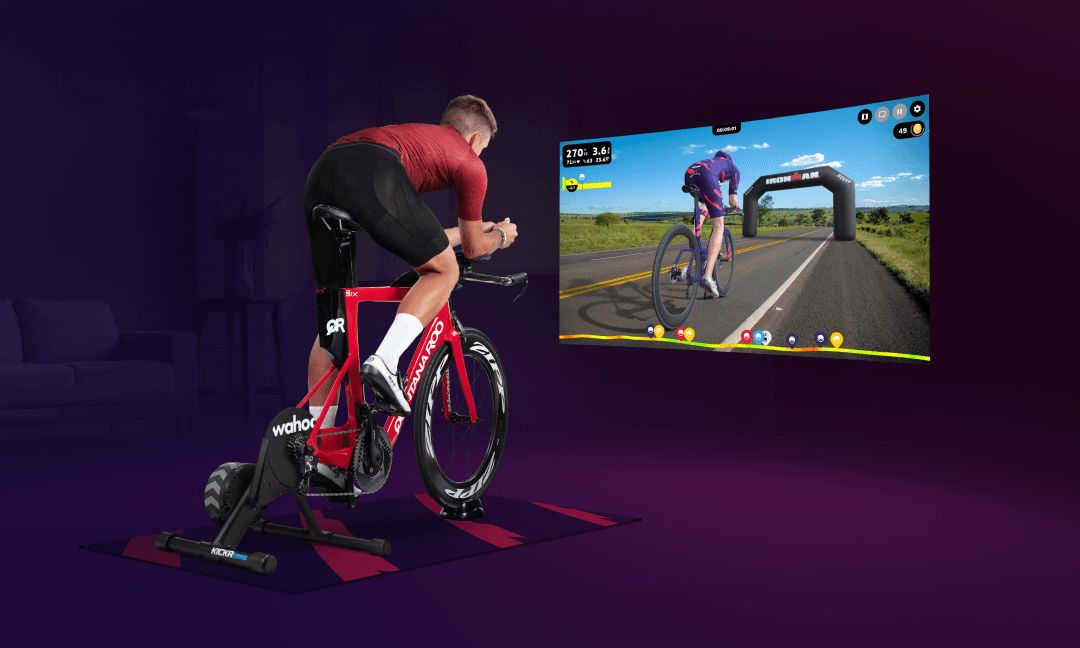
Why choose ROUVY for triathlon training?
Thanks to partnerships with both IRONMAN and the Challenge Family, the ROUVY indoor cycling app offers triathletes a suite of tools to prepare effectively for their races, including:
Realistic Simulations: ROUVY connects with your indoor trainer to let you see real video of the route you’re riding. The app knows the gradient of the route and will adjust the resistance of your trainer to match the gradient.
Virtual Triathlon Bike Courses: The app lets you train on virtual versions of official IRONMAN, IRONMAN 70.3 and Challenge Family bike courses, and real-world roads from the comfort of home. This is especially helpful for those targeting specific events, as you can practice the bike course virtually.
Tailored Workouts: ROUVY's pro-designed triathlon workouts are suitable for beginner and intermediate competitors.
Seamless Synchronization: It’s easy to sync ROUVY with leading triathlon training apps like TriDot, Wahoo and Strava. You can also import workouts from fitness platforms like GARMIN Connect, COROS, CoachCat, Xhale, Final Surge, Humango, Map My Fitness and more.
Real-Time Metrics and Analytics: ROUVY lets you track your cadence, power output, heart rate and more.
Convenience: Whether you’re short on time or facing inclement weather, ROUVY allows you to stay consistent with your bike training.
Conclusion (time to stop reading and start training!)
Triathlon is a rewarding sport that challenges athletes physically and mentally across three disciplines. Whether you’re a seasoned cyclist looking to expand your horizons or a beginner ready to tackle your first race, proper preparation is key. With a well structured plan of attack, essential gear, and tools like ROUVY to enhance your cycling preparation, you can embark on this journey with confidence.
Remember, the triathlon community is welcoming and supportive, so enjoy the process and celebrate your achievements along the way. Good luck with your training, keep going, and we’ll see you at the finish line!
